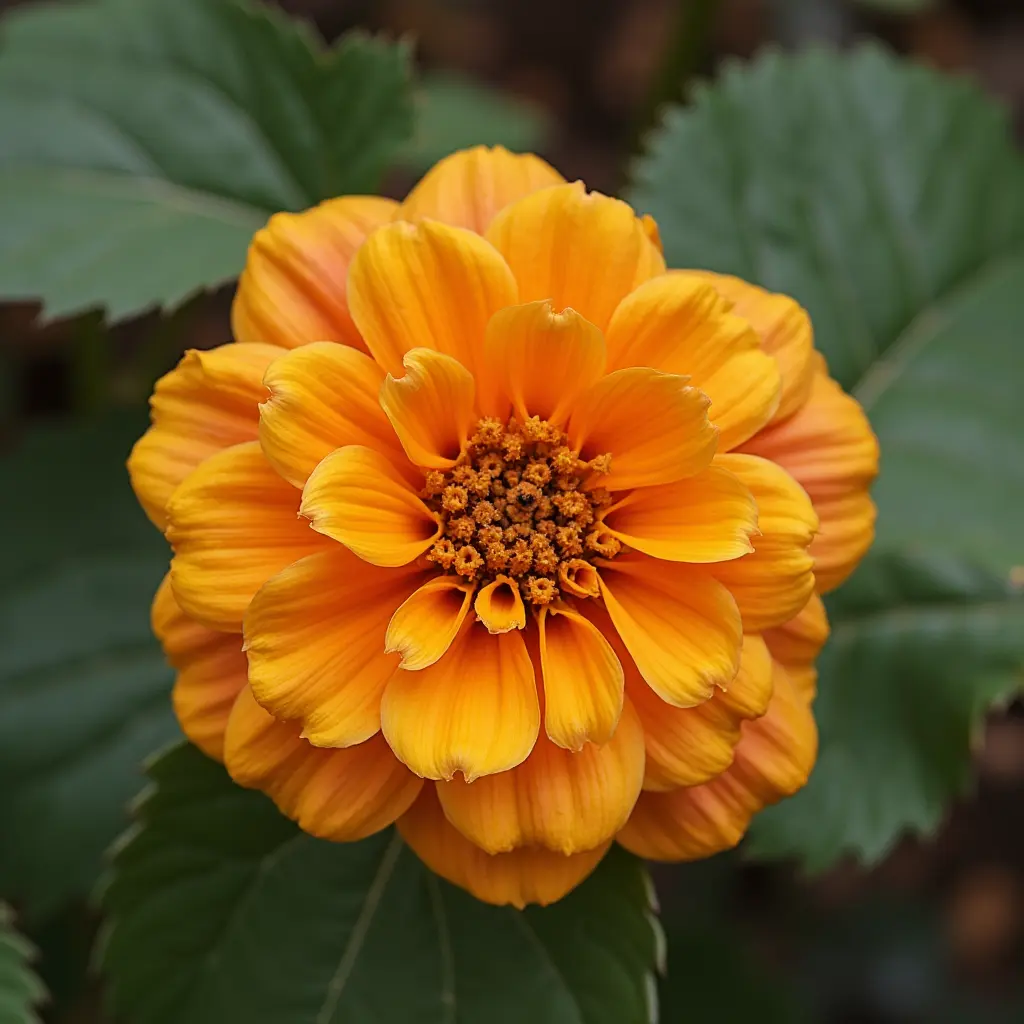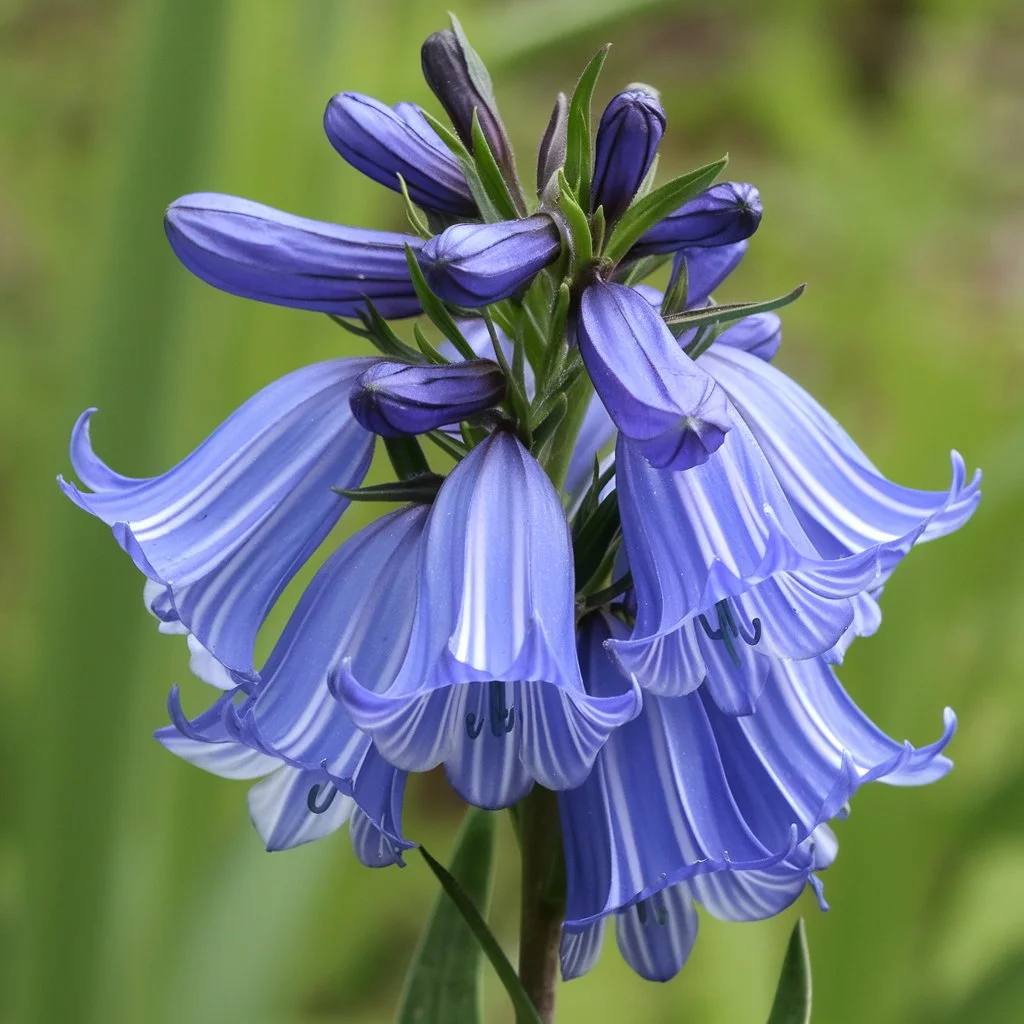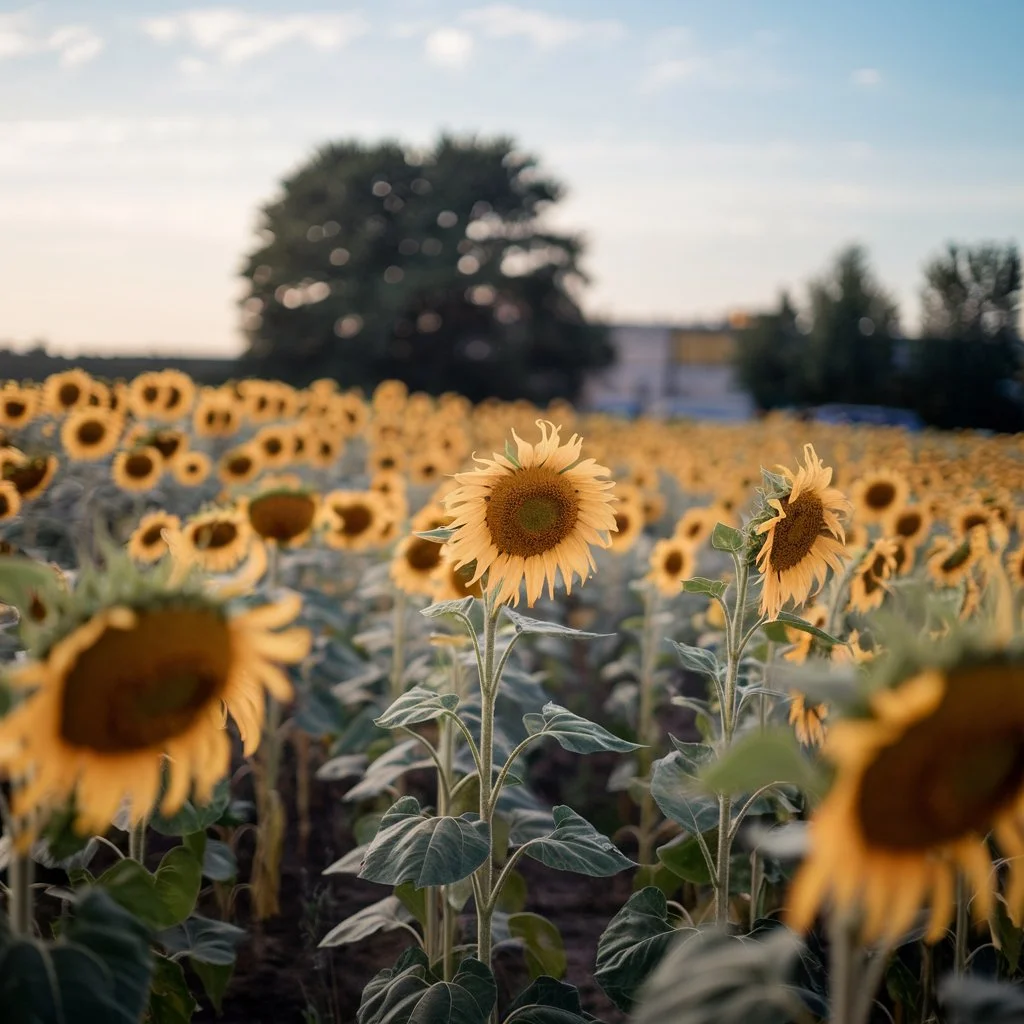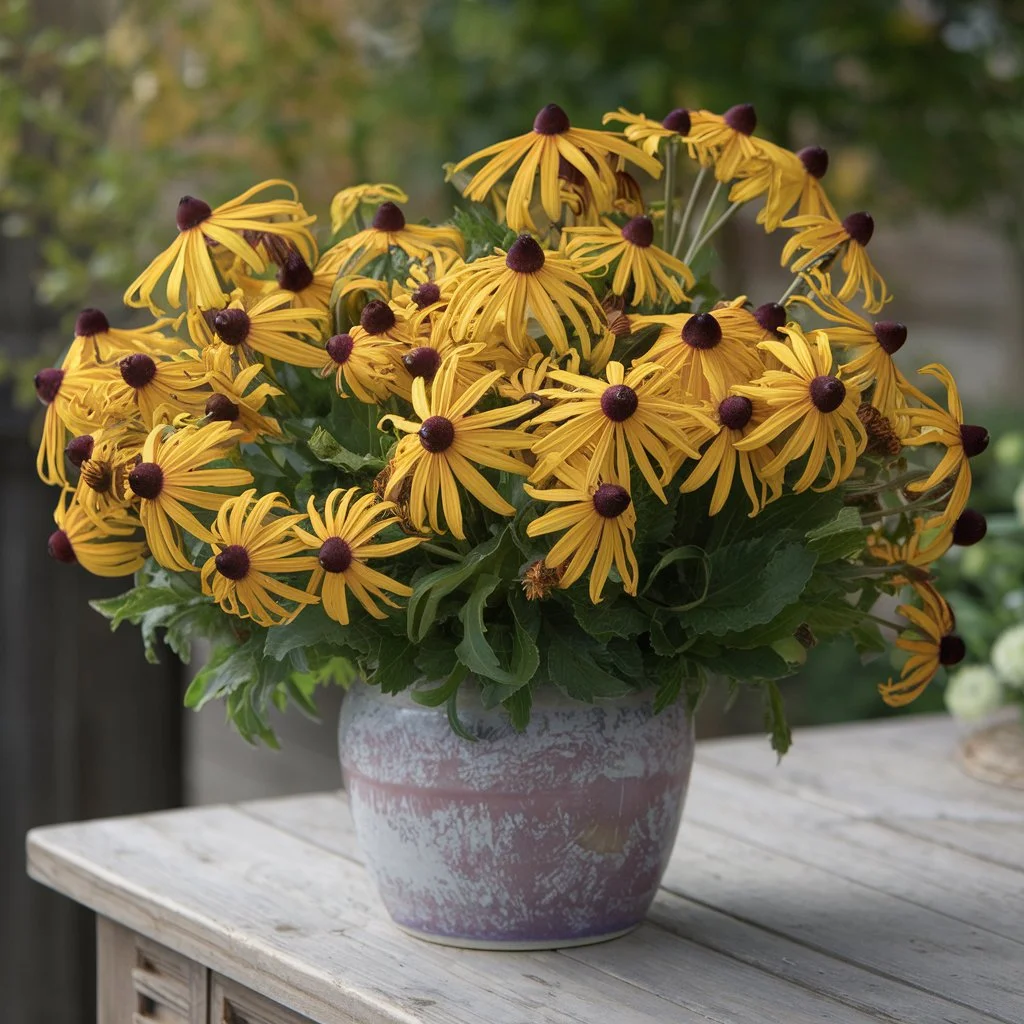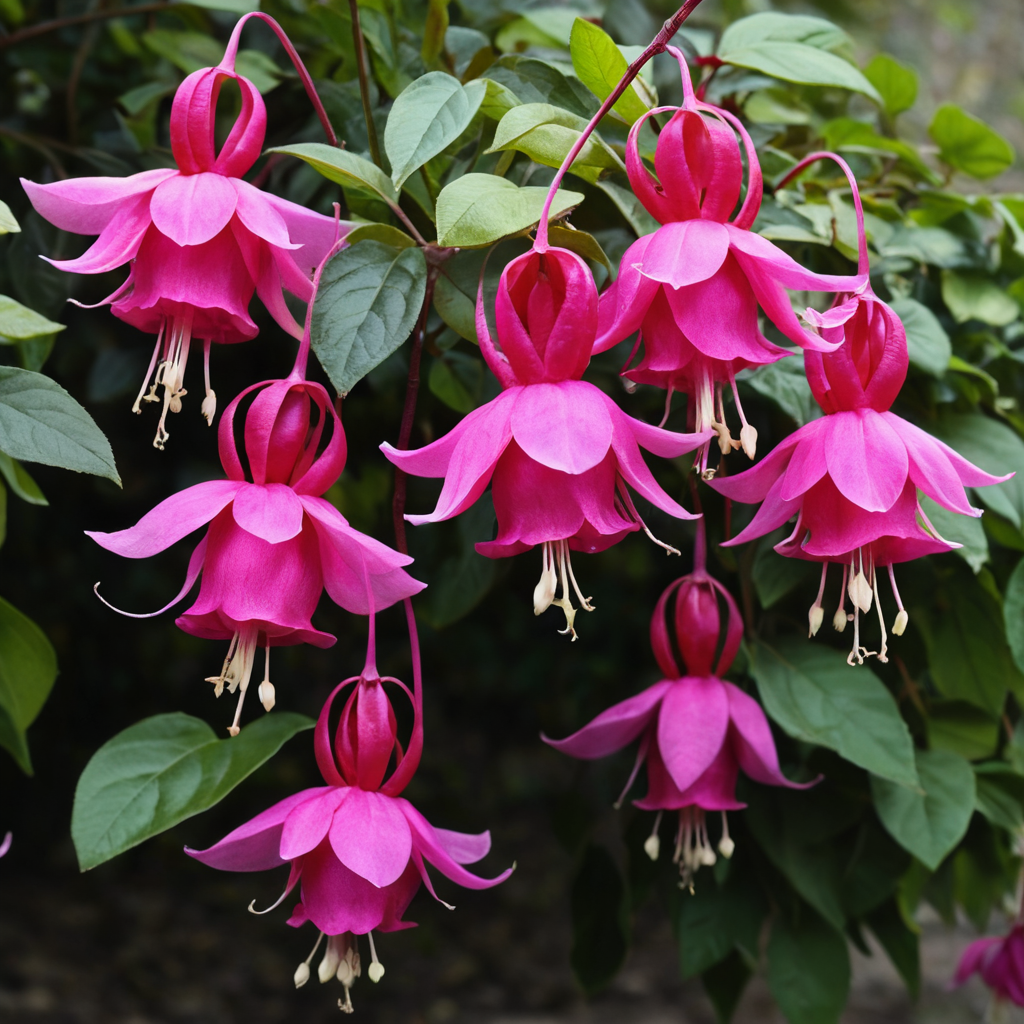Did you know that pumpkins aren’t just about jack-o’-lanterns and pies? Their flowers—delicate, golden, and oh-so-charming—are the real hidden gems of the garden! Whether you’re a green thumb looking to add some flair to your plants or a foodie ready to explore edible blooms, pumpkin flowers are here to steal the show.
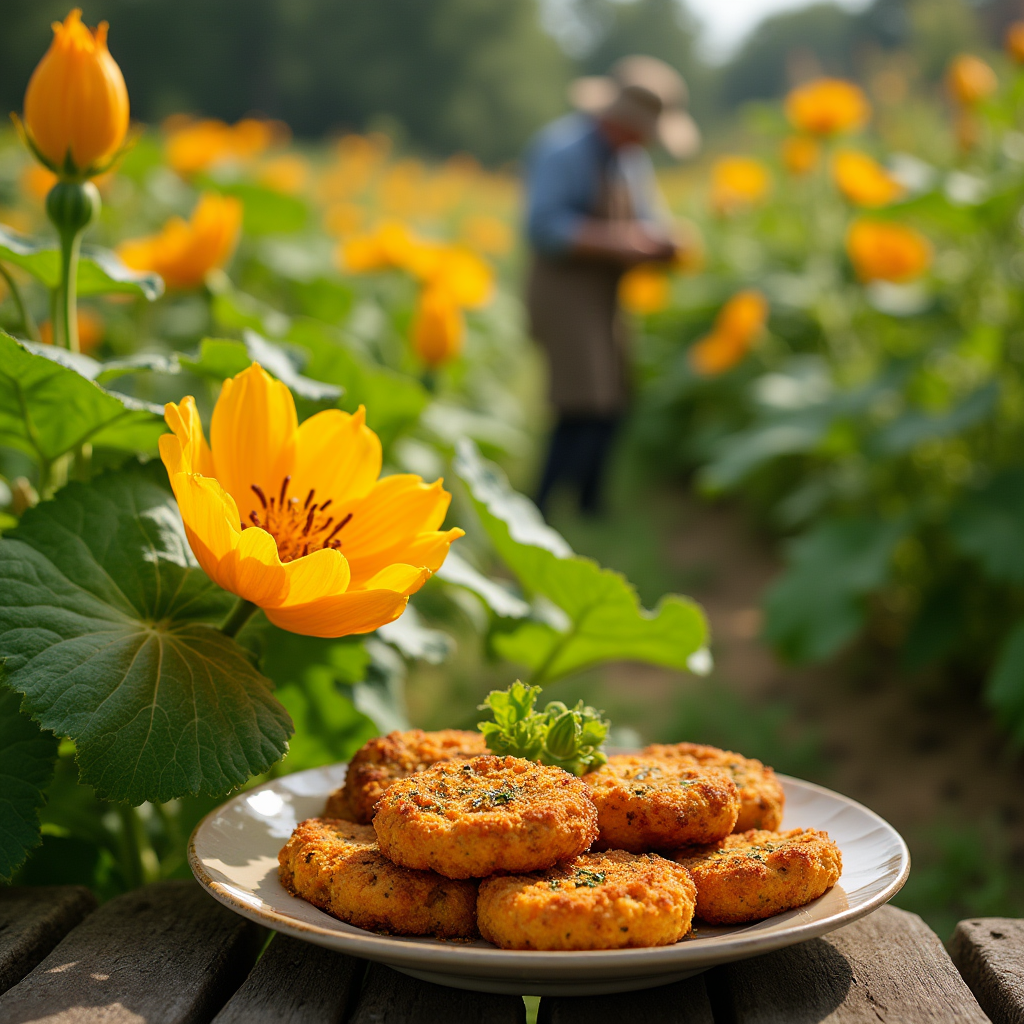
But wait, there’s more! These blossoms aren’t just pretty faces; they’re packed with nutrients, bursting with culinary potential, and surprisingly easy to grow and harvest. Want to whip up crunchy fritters or elegant stuffed flowers? Curious about how to pick them without upsetting your pumpkin plants? Or maybe you’re wondering why these flowers could be your garden’s unsung heroes?
Keep reading because we’re about to spill the beans (or should we say seeds?) on everything you need to know about growing, harvesting, and cooking these golden wonders. Trust us—by the time you’re done, pumpkin flowers might just become your new favorite obsession! 🌼
How to Grow Pumpkin Flowers Successfully
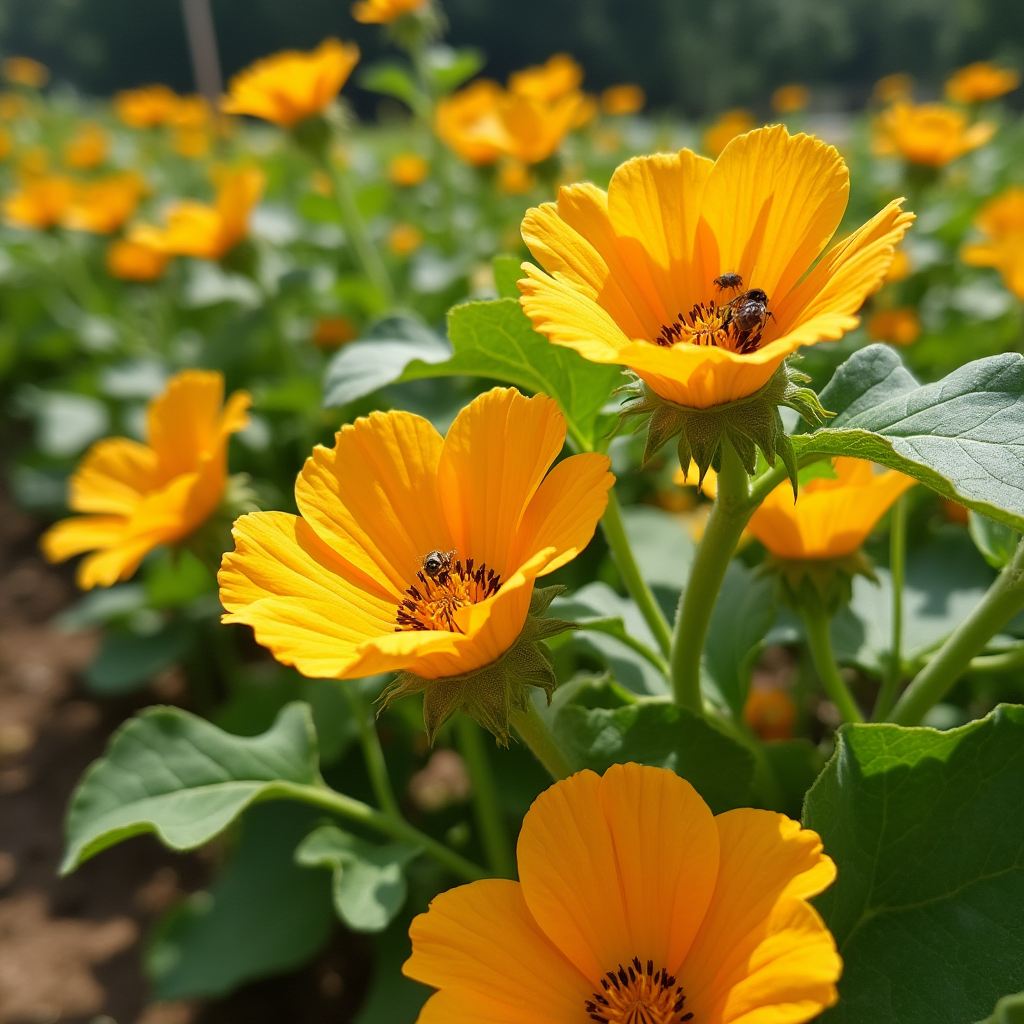
Pumpkin flowers are not just beautiful—they’re a testament to the health and vitality of your pumpkin plants. Growing them successfully isn’t complicated, but it does require attention to detail. Whether you’re a seasoned gardener or a curious beginner, following these steps will help you cultivate vibrant pumpkin blossoms that will brighten your garden and your plate. Let’s dive into everything you need to know!
Understanding Pumpkin Plants
Pumpkin plants are fascinating organisms with a clever reproductive system. They produce two types of flowers—male and female—and each plays a critical role in the plant’s life cycle. Understanding this difference is key to growing and harvesting pumpkin flowers effectively.
Differences Between Male and Female Flowers
- Male Flowers:
- These are the first blooms to appear on your pumpkin plant, often arriving weeks before their female counterparts.
- They grow on long, slender stems and lack the tiny fruit at the base.
- Male flowers are critical for pollination, providing the pollen that female flowers need to develop fruit.
- They’re perfect for harvesting and cooking because picking them doesn’t affect pumpkin production.
- Female Flowers:
- These flowers arrive later in the growing season and are slightly more robust.
- Female flowers are easily identified by the small, bulbous fruit (a baby pumpkin!) at the base of the bloom.
- If pollinated successfully, the female flowers will develop into full-grown pumpkins.
Importance of Pollination in Flower Production
Pollination is essential for your pumpkin plants to bear fruit. Without it, the tiny pumpkins at the base of female flowers will wither and die. Bees, butterflies, and other insects usually handle pollination, moving pollen from male to female flowers.
- If your garden has a shortage of pollinators, you can step in! Use a small paintbrush or cotton swab to gently transfer pollen from the male flower to the female flower’s stigma.
- Pollination typically happens in the early morning when the flowers are open, so set your alarm if you want to play the role of nature’s matchmaker.
💡 Fun Fact: Male flowers often outnumber female flowers by a ratio of 10 to 1, so you’ll have plenty to harvest without disrupting the fruiting process.
Ideal Growing Conditions
Pumpkin plants are not the pickiest, but they do have preferences when it comes to their environment. Meeting these requirements will ensure your plants are happy, healthy, and prolific.
Soil Type, Sunlight Requirements, and Watering Tips
- Soil:
- Pumpkin plants thrive in rich, well-draining soil.
- Before planting, mix in compost or aged manure to boost the soil’s nutrient content. This organic matter improves drainage and feeds the plants as they grow.
- Sunlight:
- These sun-loving plants need at least 6–8 hours of direct sunlight every day to flourish.
- Choose a sunny spot in your garden, preferably away from large trees or structures that could cast shadows.
- Watering:
- Keep the soil consistently moist, but don’t let it get waterlogged. Pumpkins require about 1–2 inches of water per week, depending on weather conditions.
- Always water at the base of the plant to prevent wetting the leaves, which can lead to fungal issues like powdery mildew.
Best Fertilizers for Healthy Pumpkin Plants
Fertilization plays a significant role in growing healthy pumpkin flowers:
- During the early growth stages, use a nitrogen-rich fertilizer to promote vigorous vine and leaf development.
- Once the flowers start appearing, switch to a phosphorus-rich fertilizer to encourage blossoms and fruit production.
💡 Pro Tip: Avoid over-fertilizing with nitrogen once flowering begins. Excess nitrogen will lead to lush foliage but fewer flowers and fruits.
Common Challenges and How to Overcome Them
Pumpkin plants aren’t without their challenges. From pesky insects to stubborn diseases, you might face a few hurdles along the way. Fortunately, most problems can be managed with proper care and preventative measures.
Pests and Diseases Affecting Pumpkin Flowers
- Pests to Watch Out For:
- Squash Bugs: These grayish-brown bugs suck the sap out of your plants, causing them to wilt and weaken. Look for clusters of eggs on the underside of leaves.
- Cucumber Beetles: Striped or spotted beetles that love to munch on your flowers and leaves, potentially stunting plant growth.
- Aphids: Tiny, pear-shaped insects that gather on leaves and stems, feeding on plant sap and leaving behind sticky residue.
- Common Diseases:
- Powdery Mildew: This white, powdery fungal growth often appears on leaves in humid conditions. It can weaken the plant and reduce flower production.
- Root Rot: Caused by overwatering or poor drainage, this condition leads to wilting and dying plants.
Tips for Organic Pest Control
- For Pests:
- Hand-pick visible pests like squash bugs and beetles early in the morning.
- Use neem oil or insecticidal soap to control aphids and other small insects.
- Attract beneficial insects like ladybugs, lacewings, and parasitic wasps to naturally control pest populations.
- For Diseases:
- Water early in the morning to allow the foliage to dry out during the day.
- Provide proper spacing between plants to improve air circulation and prevent fungal growth.
- Rotate your crops each year to minimize the risk of soil-borne diseases.
💡 Eco-Friendly Hack: Sprinkle diatomaceous earth (a natural powder) around the base of your plants to deter pests. It’s safe for humans and pets but lethal for unwanted bugs!
By understanding your plants, creating ideal growing conditions, and proactively managing challenges, you’ll soon be rewarded with vibrant, golden pumpkin flowers that are as healthy as they are stunning. Stay tuned for tips on how to harvest and use these blossoms to their fullest potential! 🌼
When and How to Harvest Pumpkin Flowers
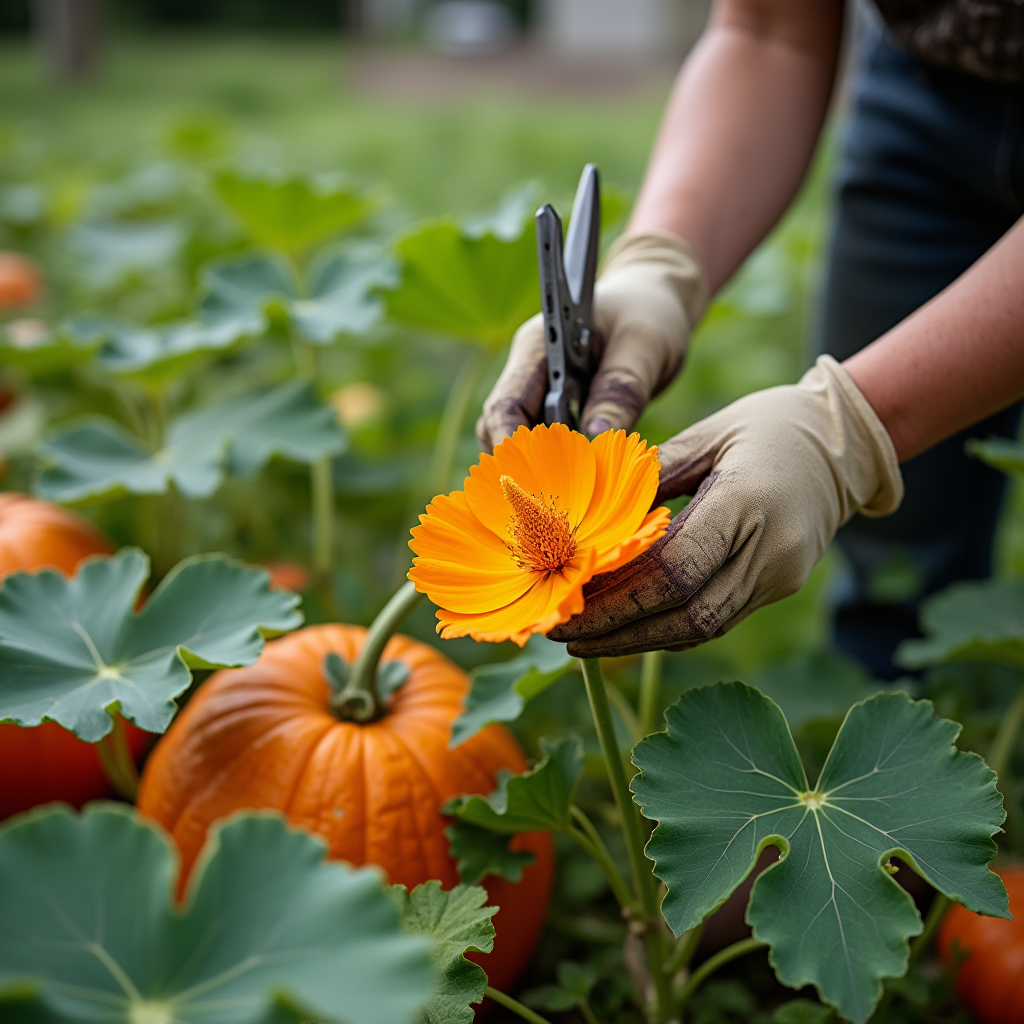
Harvesting pumpkin flowers is both an art and a science. Picking the right blooms at the right time not only ensures their freshness but also helps maintain the health and productivity of your pumpkin plant. With a little knowledge and the right technique, you’ll have plenty of pumpkin flowers for cooking while keeping your garden thriving.
Best Time to Harvest Pumpkin Flowers
Timing is everything when it comes to harvesting pumpkin flowers. Picking them at the right stage guarantees the best flavor and texture for your recipes while ensuring the plant remains productive.
Identifying the Right Stage for Picking:
- Pumpkin flowers should be picked early in the morning when they are fully open.
- Open flowers are easier to handle, and their petals are more tender and flavorful.
- Avoid harvesting flowers that are wilted, as they’ll lack freshness and may not hold up well during cooking.
Why Timing Matters for Plant Health:
- Overharvesting can reduce pollination opportunities and limit fruit production.
- Picking too late in the day can leave the plant vulnerable to pests and diseases, as open wounds are exposed longer in damp evening conditions.
💡 Pro Tip: Harvest male flowers in moderation, leaving some to ensure proper pollination for female flowers.
Techniques for Harvesting Without Damaging the Plant
To keep your pumpkin plant healthy and productive, it’s important to harvest the flowers carefully. Using the right tools and techniques minimizes stress on the plant and encourages continued flowering.
Tools to Use and Step-by-Step Process:
- Use a pair of sharp garden scissors or pruners to avoid crushing the delicate stems.
- Gently hold the base of the flower to stabilize it before cutting.
- Cut the flower’s stem about 1–2 inches below the bloom to preserve a bit of the stem for easier handling during cooking.
- Handle flowers carefully to prevent bruising the delicate petals.
Preserving Flowers for Cooking:
- Place freshly harvested flowers in a bowl of cool water to keep them hydrated.
- Store them in the refrigerator in an airtight container with a damp paper towel to maintain freshness for up to two days.
- If you plan to use them later, consider freezing pumpkin flowers after a quick blanching to lock in their texture and flavor.
Male vs. Female Flowers: What to Pick
Not all pumpkin flowers are equal when it comes to harvesting. Understanding the differences between male and female flowers will help you make the right choices for both your garden and your kitchen.
Why Male Flowers Are Preferred for Harvesting:
- Male pumpkin flowers are produced in abundance and play a key role in pollination. However, not all are needed for the job!
- Since male flowers don’t turn into pumpkins, harvesting them doesn’t impact fruit production.
- They are also larger and easier to stuff, fry, or use in recipes.
Saving Female Flowers for Fruit Production:
- Female flowers are essential for growing pumpkins, as they contain the ovary that develops into fruit after pollination.
- To maximize fruit yield, leave female flowers on the plant until they’re pollinated and the tiny pumpkin at their base begins to grow.
💡 Eco-Friendly Gardening Tip: Leave enough male and female flowers intact to support natural pollination and ensure both a healthy harvest of flowers and a bountiful crop of pumpkins.
By mastering the art of harvesting pumpkin flowers, you’ll enjoy a steady supply of fresh, edible blooms for your culinary adventures while keeping your plants thriving. With the right balance, you can enjoy the best of both worlds: beautiful blooms and delicious pumpkins!
Culinary Uses of Pumpkin Flowers
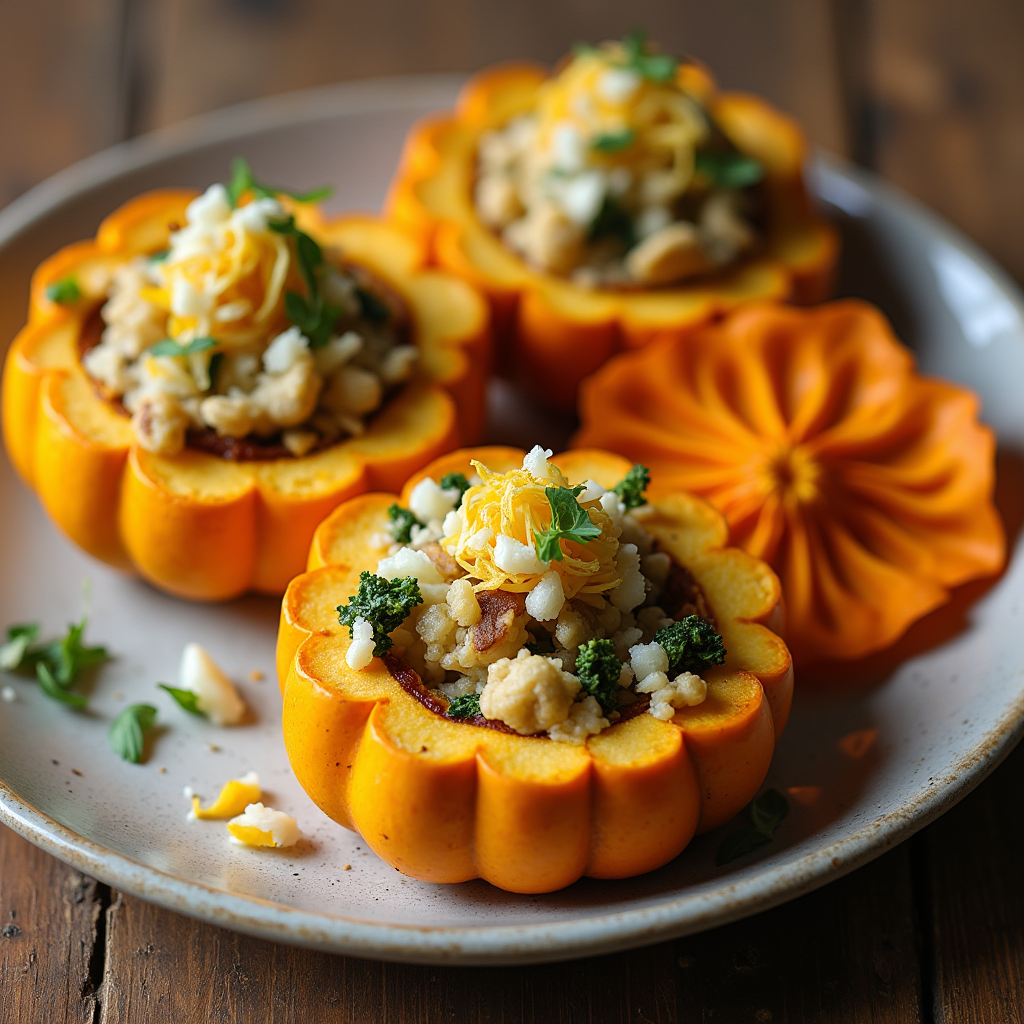
Pumpkin flowers aren’t just for the garden—they’re a delicious and versatile ingredient in the kitchen! From savory fritters to fresh salads, these edible blooms bring a unique flavor and texture to any dish. Let’s explore some popular ways to cook with pumpkin flowers and why they deserve a spot in your recipe book.
Popular Recipes Featuring Pumpkin Flowers
Pumpkin flowers are deliciously delicate and can be incorporated into many cuisines. Their mild, slightly sweet flavor and soft texture make them a fantastic addition to both traditional and modern dishes.
Fritters, Stuffed Blossoms, Salads, and Soups:
- Fritters: Lightly battered and fried, pumpkin flower fritters are a crispy, indulgent snack that showcases the flower’s mild taste.
- Stuffed Blossoms: A popular dish in many cultures, stuffed pumpkin flowers are often filled with cheese, herbs, or ground meat and then baked or fried for a savory treat.
- Salads: Fresh, lightly sautéed pumpkin flowers add a delightful texture to salads, pairing perfectly with greens and tangy dressings.
- Soups: Whether pureed into a creamy soup or added as a garnish, pumpkin flowers bring a delicate flavor to vegetable soups and pumpkin-based broths.
Highlight Cultural Dishes:
- In Italian cuisine, fiori di zucca (stuffed pumpkin flowers) is a beloved dish often stuffed with ricotta cheese and fried.
- In Indian cooking, pumpkin flowers are used in various regional dishes, such as sabzi (a vegetable curry) or as an addition to parathas (flatbreads) for a savory, aromatic experience.
💡 Pro Tip: In Mexican cuisine, pumpkin flowers are often included in quesadillas, adding a subtle, floral twist to the cheese-filled delight.
Nutritional Benefits of Pumpkin Flowers
Beyond their culinary appeal, pumpkin flowers are packed with nutrients that promote health and well-being. These vibrant blooms are more than just a pretty addition to your plate—they’re a powerhouse of vitamins and minerals!
Vitamins, Minerals, and Health-Promoting Properties:
- Vitamin A: Pumpkin flowers are rich in vitamin A, which is essential for eye health and immune function.
- Vitamin C: A great source of vitamin C, pumpkin flowers help boost your immune system and support skin health.
- Minerals: They contain beneficial minerals like potassium, which helps regulate blood pressure, and calcium, which supports bone health.
- Antioxidants: These flowers are also rich in antioxidants, which protect cells from oxidative damage and support overall health.
Why Pumpkin Flowers Are a Superfood:
Often overlooked, pumpkin flowers are considered a superfood because of their nutrient density and versatility. Low in calories but high in essential vitamins and minerals, they’re an excellent choice for anyone looking to add a nutritious, seasonal ingredient to their meals.
Tips for Preparing Pumpkin Flowers for Cooking
Before you can enjoy the benefits and flavors of pumpkin flowers, you’ll need to clean and prep them properly. These delicate blooms require a gentle touch, but with the right approach, they’re easy to work with.
Cleaning and Prepping the Flowers:
- Wash thoroughly: Gently rinse the flowers under cold water to remove dirt, bugs, or any pesticides.
- Pat dry: Use a paper towel to blot the flowers dry, ensuring they don’t become too soggy during cooking.
- Handle carefully: Pumpkin flowers are delicate, so treat them gently to avoid bruising the petals.
Removing the Stamens and Pistils:
- Male flowers: To prep male flowers for stuffing or frying, gently open the bloom and remove the stamen from the center. This part is often bitter and tough, so removing it ensures a better flavor.
- Female flowers: If you’re harvesting female pumpkin flowers, carefully remove the pistils (the central part of the flower) if you’re using them for cooking. While the pistils are edible, removing them can sometimes make the flower more tender.
💡 Chef’s Tip: Some recipes, like stuffed blossoms, might benefit from leaving the stamens intact for additional texture or flavor, but they’re generally removed for smoother dishes like fritters or soups.
With these tips and ideas, you’ll be able to incorporate pumpkin flowers into your meals, reaping the full benefits of their mild, delicate flavor and nutritional power. Whether you’re frying them into crispy fritters, using them in traditional dishes, or simply adding them to your favorite salad, these blooms are a must-try culinary experience! 🌼
Conclusion
There you have it! Growing, harvesting, and cooking pumpkin flowers not only brings a touch of beauty to your garden but also opens up a world of culinary possibilities. Whether you’re sautéing them in a savory dish, stuffing them for a delicious appetizer, or simply adding them to a fresh salad, pumpkin flowers are a versatile and nutritious ingredient that’s sure to elevate any meal. Plus, cultivating them in your own garden gives you a unique and rewarding way to enjoy the fruits of your labor (and blooms!).
So, what are you waiting for? Give pumpkin flowers a try in your garden and kitchen! Start growing your own vibrant blossoms or experiment with some of the tasty recipes we’ve shared. If you’re new to this delightful ingredient, you might just find a new favorite way to cook—and you’ll be able to proudly say you grew it yourself!
We’d love to hear about your pumpkin flower adventures. Drop a comment below and share your favorite pumpkin flower recipe with us. And don’t forget to subscribe to our blog for more gardening tips, culinary inspiration, and other plant-powered goodness. Happy growing and cooking! 🌼✨
Check out our latest article for more insights, and follow us on Facebook for updates! and connect with us on Instagram, Pinterest, and YouTube for more inspiration!

